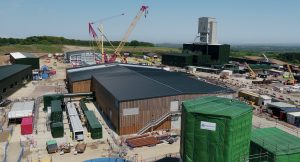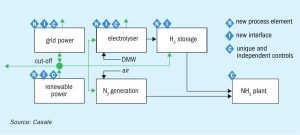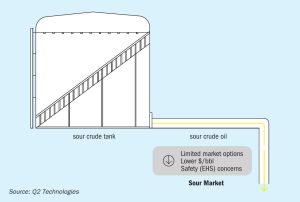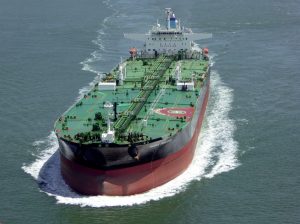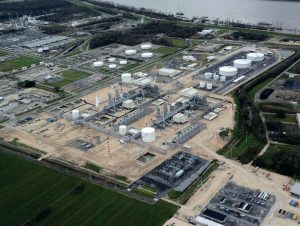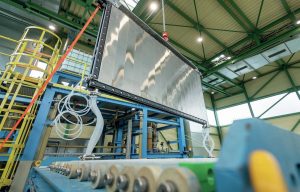
Fast delivery of productive, efficient green ammonia plants
By using modular construction, operational modelling and digital plant control, thyssenkrupp Uhde can offer customers fast-build, capital efficient green ammonia plants. Dr Christian Renk and Dr Klaus Nölker explain the company’s innovative approach to plant construction, design and control.

